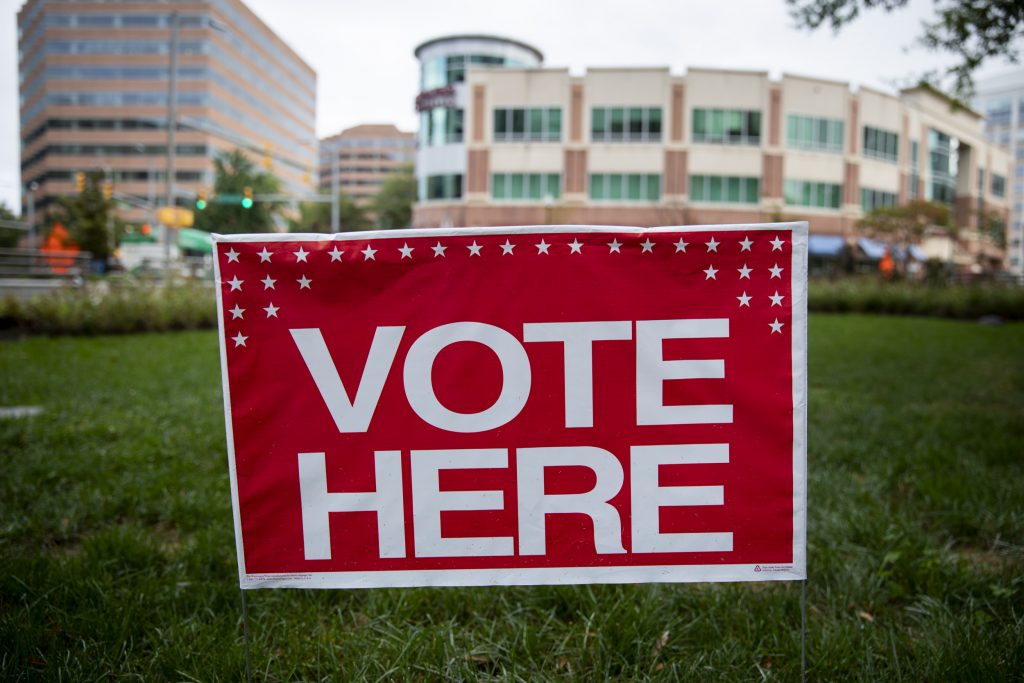Partial turnout data does more harm than good

As a long-standing gambler on elections, I’ve always found the day itself to be somewhat odd. The betting speculation reaches a crescendo, and judging by the betting exchanges the punting itself does so too. But it’s the only day for months where we don’t actually get any new information to update our predictions.
This causes endless speculation on turnout trends, and we should really stop.
The fog of law
No opinion polls are released on election day, either for legal reasons or simply because it’s too late for newspapers to publish them before people know the actual results. Politicians don’t announce new policies on the day. Despite the votes which will decide the winner literally being cast by the hour we don’t get a hint until an exit poll or projection.
The one exception to this is turnout data, which varies from the anecdotal (“I’m hearing about large queues to vote in Chelmsford!”) to the more official (“Turnout is running at 36.3% as of 2pm, which is 1.8% down on 2017. See a map with figures broken down by arrondissement at the link below.”). None of it is useful.
No data is better than bad data
The issue here is twofold:
- We don’t actually care who is voting, we care how they are voting; and
- While demographic data is helpful in predicting election results, the data we get during election days isn’t specific enough to tell us much.
Fundamentally, knowing how turnout is doing in an entire area isn’t very helpful. If turnout rises in London does that mean that Labour is getting their vote out or Tory voters who previously stayed home in a safe Labour city are now going to the polls? We just don’t know.
Turnout data isn’t released with cross-tabs. If we knew how turnout was looking among age groups, for example, we could probably draw some conclusions given how strongly age has become correlated with voting patterns. But trying to work that out from rumours or the data for an entire area is just too vague to get that information from.
Even when a lot of data is available, like France releasing data for every region at once, election day ‘analysis’ tends to cherry pick a couple of eye-catching figures. In the first round, poor early turnout in Paris led to lots of speculation that Macron may be suffering – but he roughly hit his polling. And better turnout in some rural areas led to some tentative guesses that Le Pen may be overperforming – but it was Melenchon who did.
In theory there probably is some information to be gleaned by running a proper analysis of all areas weighted for electorate size and past trends, but we never get that. And in its absence the wild mass guessing we get is more prejudicial than probative.
Betting swings on election day are no better at predicting results than a stopped clock is at telling the time. I distinctly remember the odds of a Brexit vote in 2016 lengthening during the day based on nothing but anecdote and rumour, for example.
The same thing happens most major elections, but there is no basis for it. While occasionally the gut feeling of the market is correct, by and large betting against election day trends is a profitable strategy. At the very least, we should learn to ignore them.
Pip Moss posts on Political Betting as Quincel. You can follow him on Twitter at @PipsFunFacts